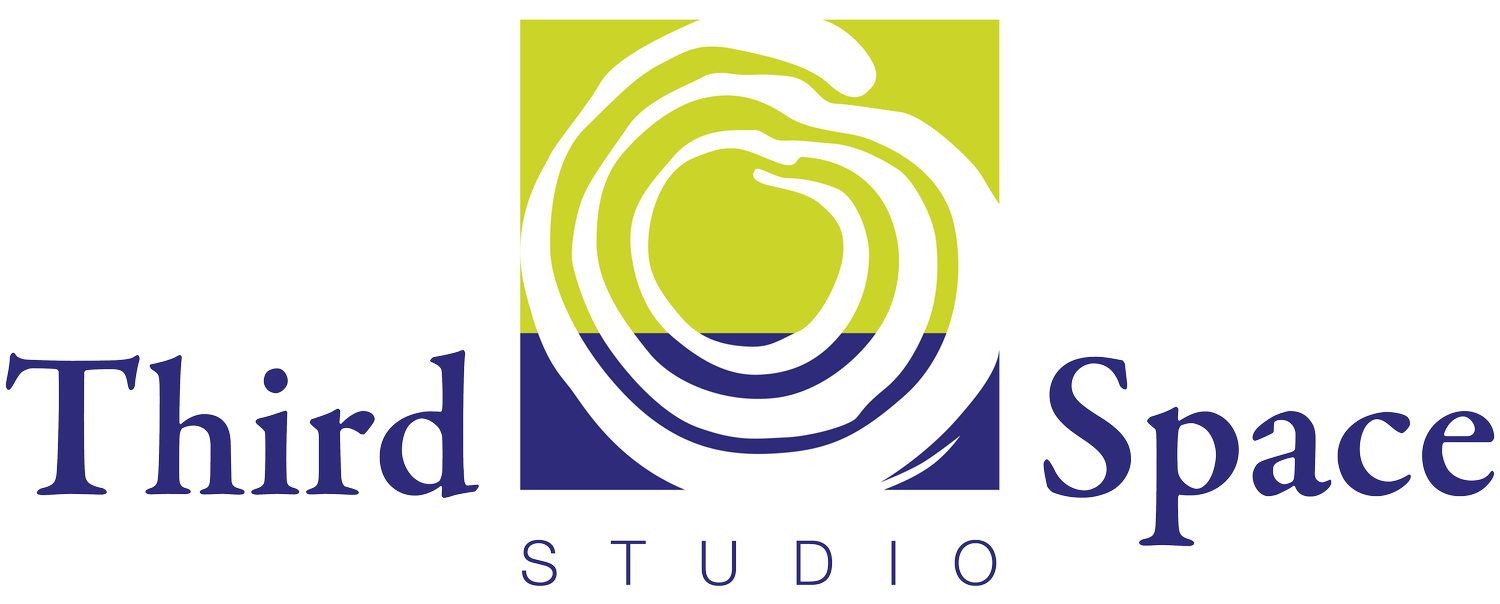Stretching Beyond Tight
On Tuesday mornings, you'll usually find me in yoga class. My aging body needs the attention, and I appreciate being in community with other aging bodies. This week, I also gained deeper insight into the challenges we face as leaders who value living in a multiracial, mutually beneficial democracy.
As we settled into a lunge with our back leg balanced on a block, I noticed how unstable I felt—and saw others wobbling, too. Our teacher gently encouraged us to breathe as we eased into the fullness of the pose. As we strained, she very calmly reminded us that muscles cannot stretch when they are tight and afraid. If our bodies resisted, we needed to back off until we could absorb the stretch.
I readjusted my lunge and a realization washed over me: bombarded by daily affronts to our values and communities, tight has become our default stance. We no longer have room to stretch our leadership muscles, to absorb new perspectives, or to learn new skills. We struggle to experiment with new organizational systems or practice fresh ways of engaging our community. Our creative muscles lack the space to explore new narratives and messages. We are just getting by, moving through a relentless string of challenges with restricted bodies and aching spirits. Many of us are simply numb.
With this insight, I went searching for guidance that might help both me and you. What surfaced as most relevant was the RULER framework for managing emotions. If we’re to be creative and courageous leaders, we must actively resist efforts that keep us trapped in fear, anxiety, and sadness. We need tools to manage our emotions fruitfully.
The RULER framework was developed by Marc Brackett, the founder of the Yale Center for Emotional Intelligence. Created to support young people in their social and emotional development, RULER has grown into a practical tool to support the emotional intelligence of people of all ages with multiple demonstrated results: healthier and happy individuals, better quality relationships, and more positive and productive climates. We could certainly use more of all of this.
Recognizing emotions in others by categorizing facial expressions, body language, and other cues. Effectively doing this requires one to pause and to observe others and self. I’m usually pretty good at noticing others; I don’t always pause sufficiently to scan my own emotions.
Understanding the sources and implications of the emotions under observation. What words or events triggered the emotion? What are the historical meanings of those triggers? What interpretations am I making? What additional interpretations are available?
Labeling the emotions with a nuanced vocabulary rather than using vague terms. A colleague recently shared a chart that maps the intersections of emotions. Anger combined with sadness is betrayal while anger combined with fear is hostility. Using tools such as this chart or an emotion wheel or Brene Brown’s Atlas of the Heart can help us more clearly verbalize our emotional states and our perceived states of our colleagues, partners, and friends.
Expressing the emotion in appropriate and context-sensitive ways. Expressing an emotion means feeling it, not just ruminating on what provoked it. Decades ago, in another politically fraught time, a friend introduced me to a 55-gallon drum of glass to be recycled. The drum was three feet lower than the pavement where we stood. Throwing our glass jars into the drum with a loud crash and a few choice words was a satisfying release of anger. Lately, I have found myself weeping on the couch after reading the news. A few minutes of tears resets me. I'm also learning to express my emotions with simple statements detached from blame and shame. “I’m sad” or “I’m really angry” is enough.
Regulating the emotion is the final step. Deep breathing, walking, and weeding help me metabolize my emotions. Your regulation strategies might look very different: a long run, mindful coloring, meditation, chopping vegetables. Using healthy strategies to regulate our emotions helps us center and sets the stage for further exploration, restorative conversation, and even new behavior.
This week, I’ve also listened to the stories of North Carolinians who lost their homes, neighbors, and landscapes to Hurricane Helene. Hearing these gut-wrenching accounts—alongside stories of what immigrants are enduring—reminds me that some in our communities are experiencing intense, direct harm, while others, like me, are more indirect witnesses. Some of us will need more than a simple framework for support; others need tools to skillfully care for and support those around us.
RULER is one such simple tool, and many of you may already know it. As we navigate natural disasters and a broader uprooting of our shared values—justice, freedom, compassion, and democracy—we need accessible tools so we can be the powerful leaders our organizations, communities, and country need. It’s time to put on our own oxygen masks and prepare to imagine and strategize our way into the future.
What tools are helping you stretch through the tightness and step more fully into your power?
- Meredith

